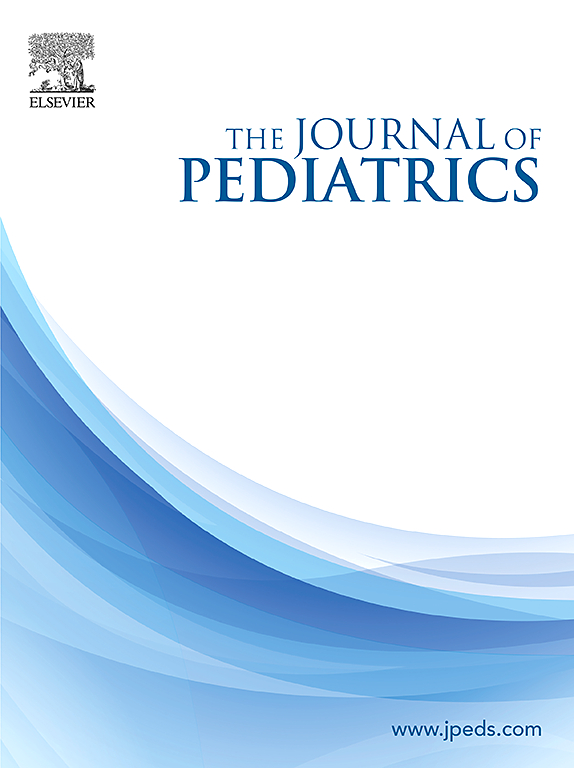Data Collection Variability Across Neonatal Hypoxic-Ischemic Encephalopathy Registries
IF 3.9
2区 医学
Q1 PEDIATRICS
引用次数: 0
Abstract
Objective
To assess variability among data elements collected among existing neonatal hypoxic-ischemic encephalopathy (HIE) data registries worldwide and to determine the need for future harmonization of standard common data elements.
Study design
This was a cross-sectional study of data elements collected from current or recently employed HIE registry data forms. Registries were identified by literature search and email inquiries to investigators worldwide. Data elements were categorized by group consensus.
Results
A total of 1281 data elements were abstracted from 22 registries based in 14 countries, including 3 middle-income countries. Registries had a median of 106.5 distinct data elements per registry (range 59-458). The most commonly collected data were related to pregnancy, therapeutic hypothermia, and short-term hospital outcomes. The least consistently collected data were laboratory values other than acid/base status values. Only 4 variables were consistently collected in every registry. Five registries included neurodevelopmental follow-up fields and 5 others linked their data to a separate follow-up registry.
Conclusion
Many HIE registries are collecting patient data around the world, but there is considerable variability in the number, type, and format of data collected. Future attempts to develop standard common data elements to harmonize data collection globally will be crucial to facilitate worldwide collaboration and to optimize management and outcome of neonatal HIE.
求助全文
约1分钟内获得全文
求助全文
来源期刊

Journal of Pediatrics
医学-小儿科
CiteScore
6.00
自引率
2.00%
发文量
696
审稿时长
31 days
期刊介绍:
The Journal of Pediatrics is an international peer-reviewed journal that advances pediatric research and serves as a practical guide for pediatricians who manage health and diagnose and treat disorders in infants, children, and adolescents. The Journal publishes original work based on standards of excellence and expert review. The Journal seeks to publish high quality original articles that are immediately applicable to practice (basic science, translational research, evidence-based medicine), brief clinical and laboratory case reports, medical progress, expert commentary, grand rounds, insightful editorials, “classic” physical examinations, and novel insights into clinical and academic pediatric medicine related to every aspect of child health. Published monthly since 1932, The Journal of Pediatrics continues to promote the latest developments in pediatric medicine, child health, policy, and advocacy.
Topics covered in The Journal of Pediatrics include, but are not limited to:
General Pediatrics
Pediatric Subspecialties
Adolescent Medicine
Allergy and Immunology
Cardiology
Critical Care Medicine
Developmental-Behavioral Medicine
Endocrinology
Gastroenterology
Hematology-Oncology
Infectious Diseases
Neonatal-Perinatal Medicine
Nephrology
Neurology
Emergency Medicine
Pulmonology
Rheumatology
Genetics
Ethics
Health Service Research
Pediatric Hospitalist Medicine.
 求助内容:
求助内容: 应助结果提醒方式:
应助结果提醒方式:


